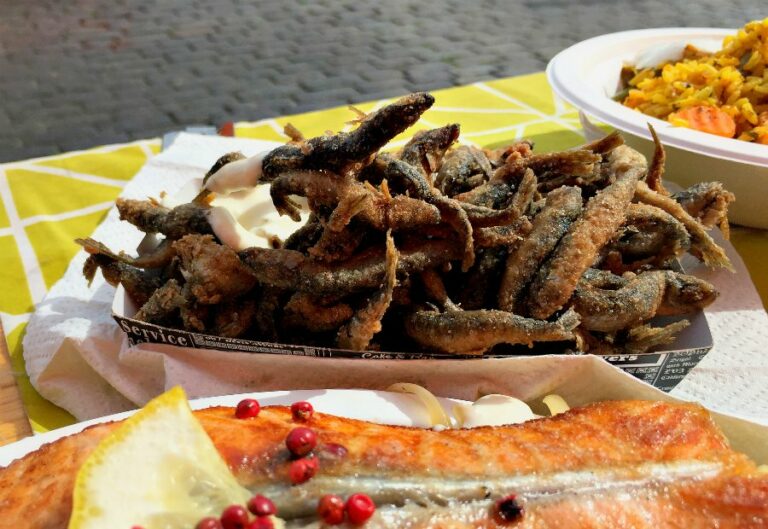Introduction: Finnish Cuisine
Finnish cuisine is deeply rooted in its northern location and rustic simplicity. The country’s subarctic climate has influenced the availability and choice of ingredients, leading to hearty, filling meals that are perfect for the colder months. Finnish cuisine is also known for its emphasis on local, seasonal ingredients and the use of preservation methods such as smoking, pickling, and drying to make food last longer.
The Importance of Staple Ingredients
Staple ingredients are the backbone of Finnish cuisine, and they are the foundation for many classic dishes. These ingredients are often locally sourced, easy to grow, or abundant in the Finnish wild. They include carbohydrates like potatoes and rye bread, protein from meat and fish, and sweet and tart berries. These ingredients not only provide sustenance but also reflect the country’s cultural identity and traditions.
Potatoes: The Most Common Staple
Potatoes are the most commonly used staple ingredient in Finnish cuisine. They are easy to grow and store, making them a practical choice for Finnish farmers. Potatoes feature in classic Finnish dishes such as mashed potatoes (perunamuusi), potato flatbread (perunarieska), and potato casserole (perunalaatikko). They are also a staple in traditional Finnish soups and stews, such as the creamy salmon and potato soup (lohikeitto).
Rye Bread: A Cultural Icon
Rye bread is a cultural icon in Finland and a staple ingredient in the Finnish diet. It is made from a combination of rye flour, water, salt, and yeast. Rye bread is dense, dark, and flavorful, with a slightly sour taste. It is a versatile ingredient that can be used in a wide variety of dishes, from breakfast to dinner. Rye bread is an essential part of Finnish cuisine and is often served with butter, cheese, or salmon.
Berries: A Sweet and Tart Treat
Finland is known for its abundance of berries, which grow wild in the country’s forests and fields. The most common types of berries used in Finnish cuisine are lingonberries, bilberries, and raspberries. These berries are sweet and tart, making them a perfect ingredient for desserts, jams, and sauces. They are often used in traditional Finnish dishes such as lingonberry sauce (puolukkahillo), berry pie (marjapiirakka), and berry soup (marjasoppa).
Meat and Fish: The Protein Powerhouses
Meat and fish are essential sources of protein in Finnish cuisine. Finnish cuisine is known for its meat dishes, such as reindeer stew (poronkäristys) and meatballs (lihapullat). Fish is also a popular ingredient in Finnish cuisine, particularly in coastal areas. Finnish fish dishes include grilled salmon (lohi), pickled herring (silli), and smoked whitefish (muikku). These protein powerhouses are often paired with staple ingredients such as potatoes and rye bread to create hearty, filling dishes.
Conclusion
In conclusion, staple ingredients are a crucial component of Finnish cuisine. Potatoes, rye bread, berries, meat, and fish are all commonly used ingredients that reflect Finnish cultural traditions and have practical applications in the country’s harsh climate. These ingredients are used in a wide variety of dishes, from simple soups to elaborate feasts, and are an essential part of the Finnish culinary identity.

